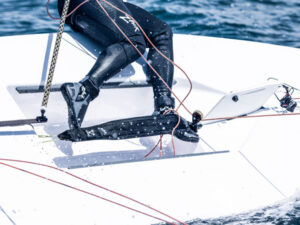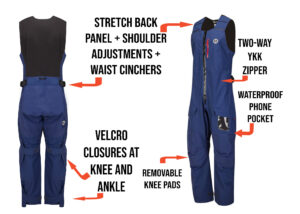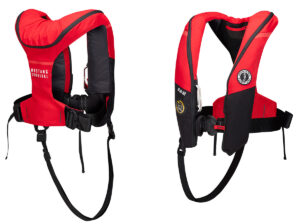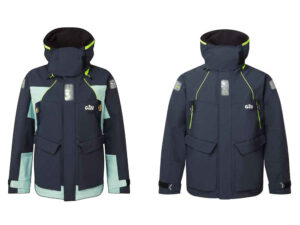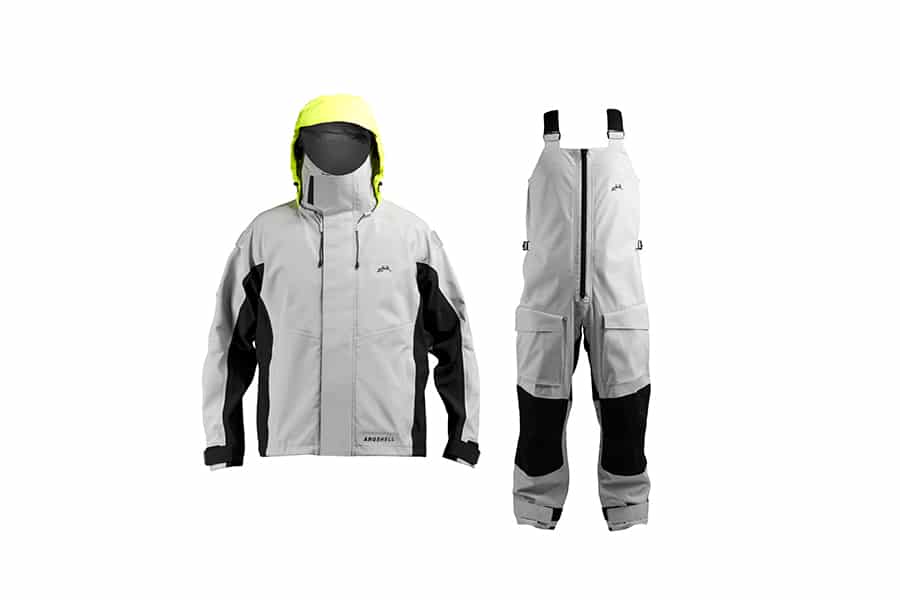
Zhik a company out of Sydney, Australia, is a relative newcomer in the sailing technical sailing clothing industry. They’ve been around for nearly eleven years now and in the States for seven. Their bread and butter has been dinghy gear, and they continue that tradition as the official technical sailing gear providers for the Australian, New Zealand, British and Singapore Olympic teams. But in the last three years, they’ve also made great inroads on bigger boat gear foul weather gear as well. Case in point is their new Aroshell Coastal line. The fabric is a proprietary membrane design, producing a three-layer material that’s not only breathable but nearly bullet-proof. The idea is a longer life for your investment. The jackets ($379) feature water repellant zippers, a fleece lined collar, an internal reflector, as well as a high-visibility collar. The trousers (or bibs as we call them here in the US) are reinforced in the seat and knees with 600+ denier nylon ($379). I especially like the waist-cinching strap that runs around the back of the trousers. It’s got a sleek, modern design that will work for both inshore and coastal racers and cruisers. I’m looking forward to checking this out on one of my next offshore outings. –Dave Powlison
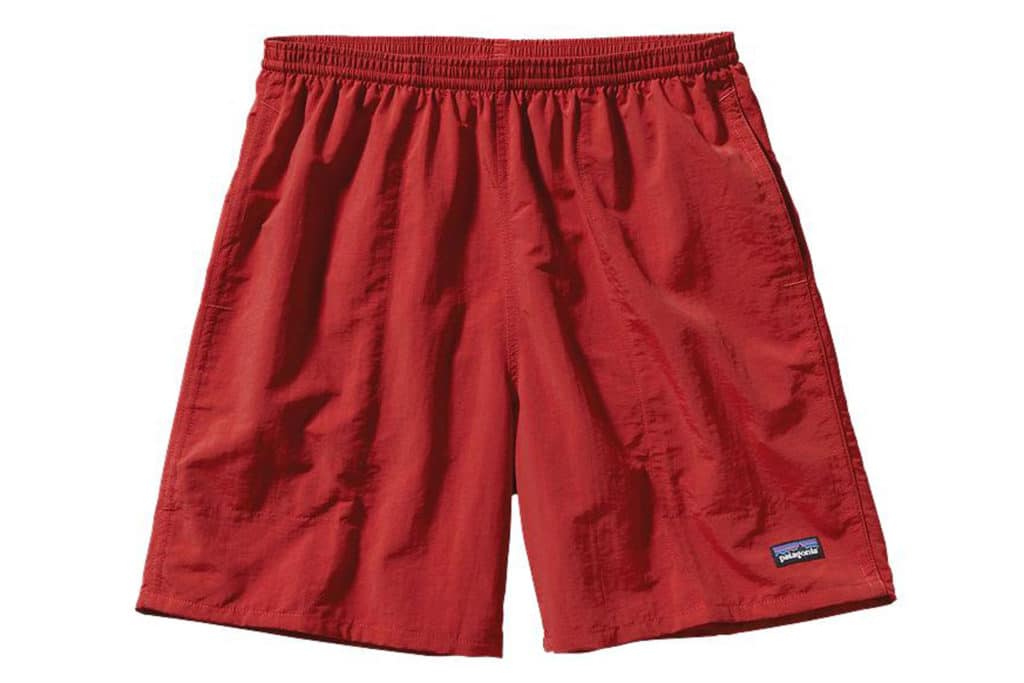
A must-have for any college sailor on your list. The Patagonia Baggies are the perfect short for dinghy sailing—durable and comfortable enough to wear on or off the water. These shorts will hold up to whatever you can throw at them.
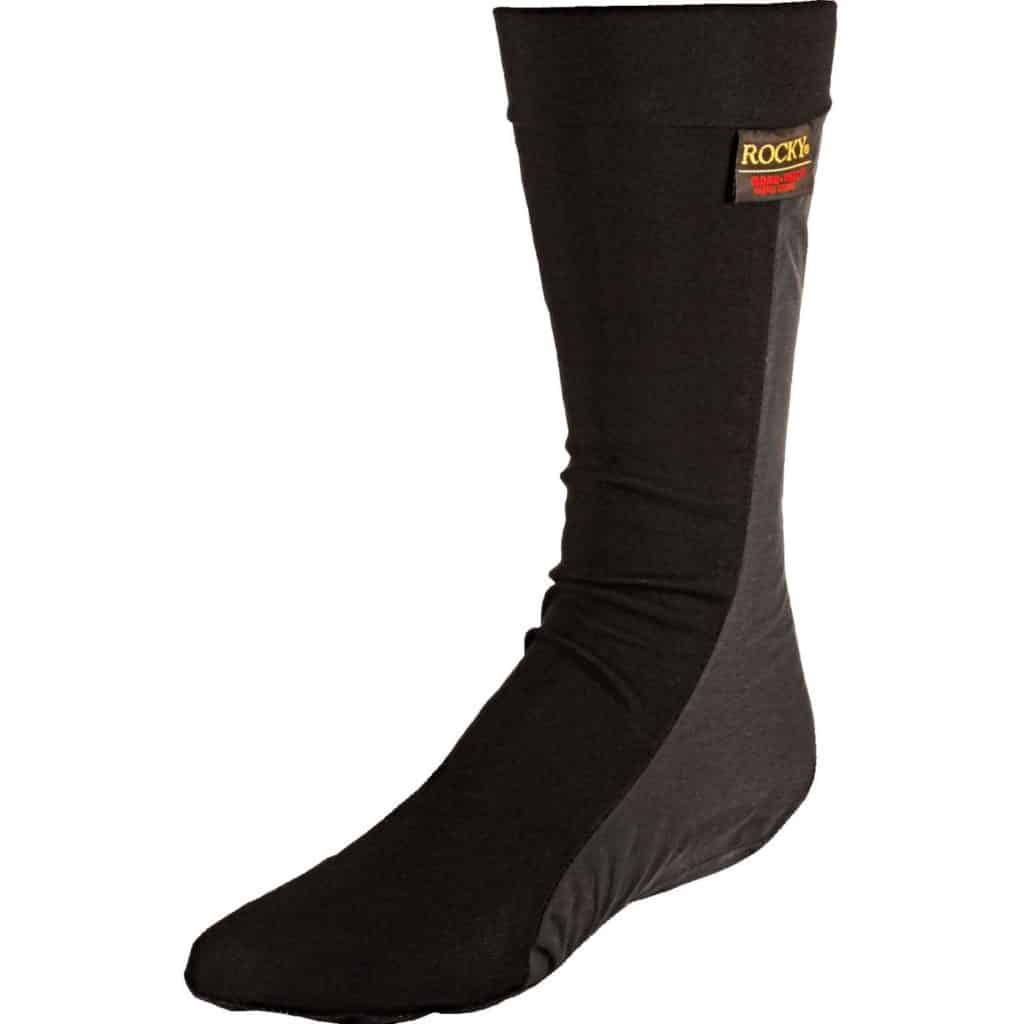
Wet feet are the worst. Especially cold, wet feet. Keep your toes dry with Rocky Gore-Tex Waterproof Socks, which are kind of like wearing raincoats on your feet. At $69.99 they’re a little pricier than your average stocking stuffer, but you can’t beat Gore-Tex when it comes to waterproofing. When pinched for space and weight, we’ve been known to pack these instead of sea boots. We like them best when paired with sock liners in warm weather or Smartwools for nights offshore. Size up to compensate for the lack of stretch in the fabric.
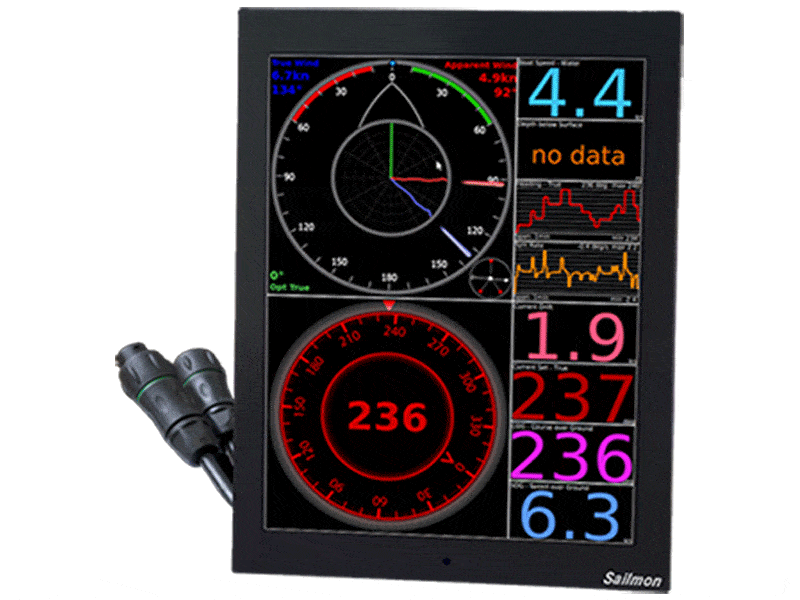
Sailmon, a European company that has been developing a new sailing instrument and display system over the last few years, made its American debut in October at the U.S. Sailboat Show in Annapolis. Earlier this year, Kalle Coster, a three-time Olympic 470 representative for the Dutch Olympic team, took over formal control of the company and moved its headquarters to the Netherlands. Although there are a handful of raceboats and superyachts that are employing Sailmon’s innovative displays and systems in Europe, there are no boats showing off the Sailmon gear yet stateside.
So at the show, we got our first view of Sailmon’s slim and colorful instrument display, which contains a full CPU for Sailmon’s instrument system. The hallmark of the Sailmon system is flexibility. The slim, colorful, daylight-readable displays can be used with existing electronics that communicate through NMEA (0183 & 2000), Raymarine and B&G’s Fastnet system. There’s no question about it: The displays are beautiful and have fully controllable display modes for daylight (bright, white background) and nighttime (very dim, black background). The displays act basically like any computer monitor and the user can control color, font size, and number of lines of data. They can even display video on the screen.
There’s clearly some very high powered design and engineering behind this system, which includes a full sailing CPU, and that is clearly the company’s goal . . . To promote Sailmon as an instrument system that would compete in the racing market with B&G, Ockam, and WTP, etc., but with its open-source connectivity one could bench test the Sailmon instruments alongside an existing system on a boat while benefiting immediately from their very cool (yet rather energy hungry) displays, which come in two sizes. I’m looking forward to doing that soon. —Peter Isler
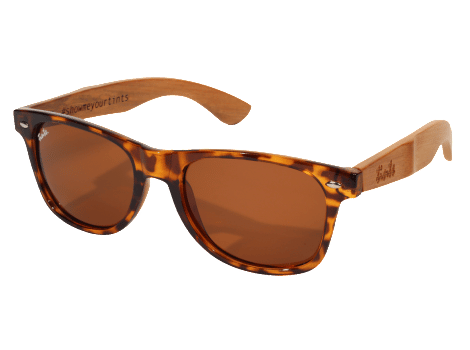
Let’s be honest: some of us keep track of our kit, and some of us don’t. If you constantly lose or wreck your gear, you may not want to lay out the big bucks for eyewear. Never fear, Tints are here! Priced at $24.99, these lightweight sunglasses are polarized and have bamboo sides, so they’re good for your eyes, your wallet, and the planet, all at the same time.
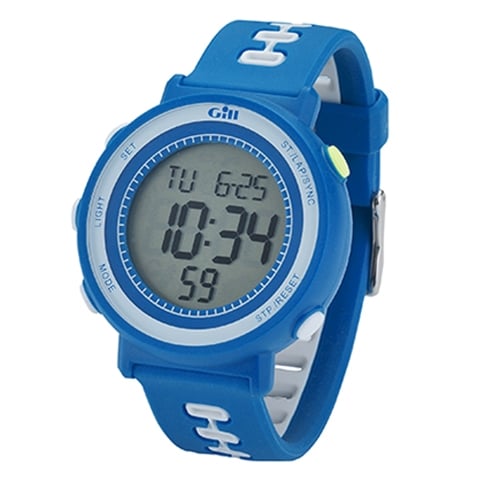
Gill’s newly designed Race Watch is as fun as it is functional. Offering more color options than your standard black-and-grey, this watch is built with carbon-reinforced plastic and a stainless steel case back. The countdown timer, with a synchro function and audible alerts, is perfect for tracking your starting sequence.

They’re pants! They’re bibs! They’re a vest! They’re Gore-Tex! Musto’s MPX Salopettes cover so many bases, you’ll have a hard time sailing without them. With reinforced knees and seat and a handy thigh pocket, they surpassed our expectations for foul weather gear bottoms. And in conditions with spray but no precipitation, they kill it when worn without a jacket. Sizing is unisex, extra small to extra extra large.
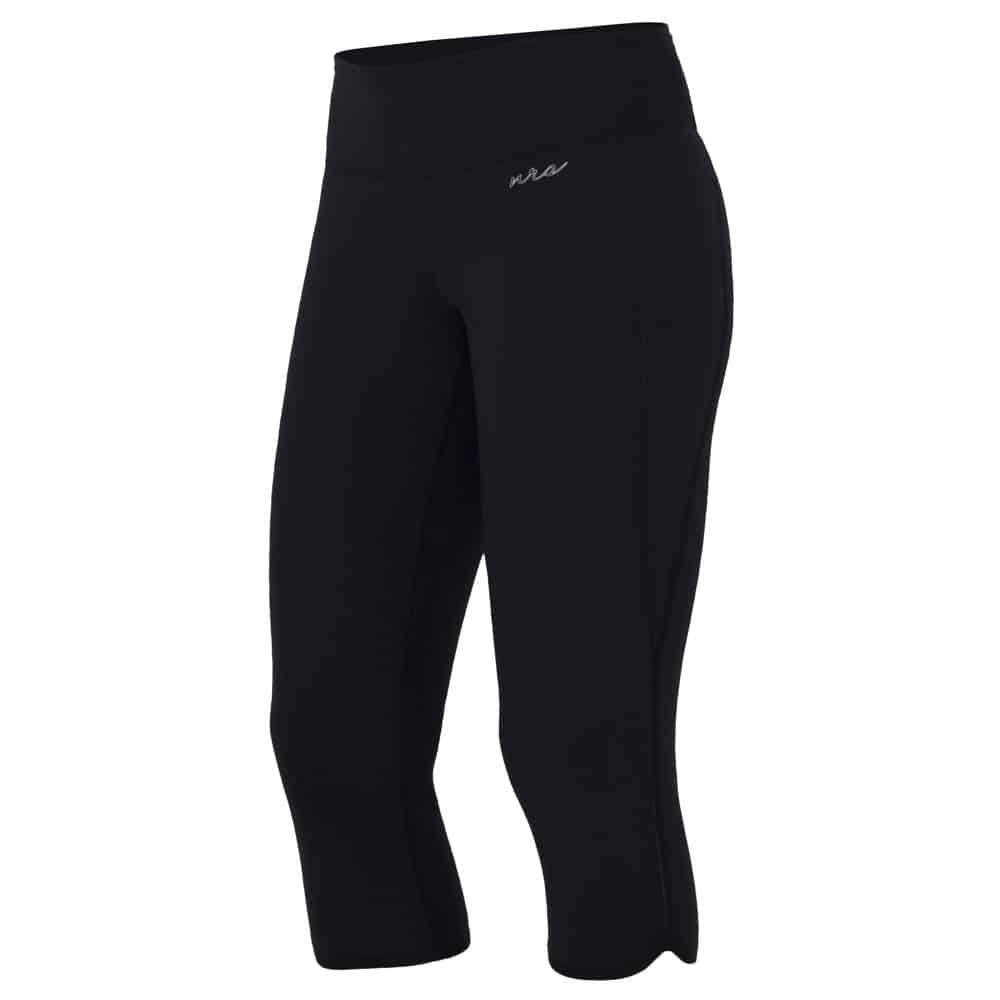
The NRS Women’s HydroSkin Capris are dinghy sailor’s dream: the stretchy neoprene bends and moves with you but is rugged enough to take a little chafe, and they’re so comfortable you’ll forget you’re wearing them. The capri length keeps your legs warm without getting in the way of your boots.
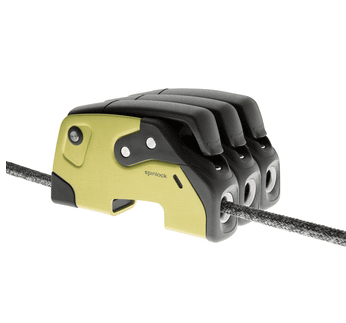
This single, self-contained module of the XTR Clutch creates a more consistent hold on small diameter lines. With Spinlock’s “reactive clutching” method, line release is smooth and progressive. The reactor cam module is easily removable for servicing. Available in a side mount version and for colors, this ultra lightweight clutch has a place on every racing boat.
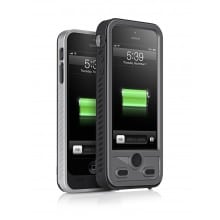
Navigation, race tracking, photos, videos, checking in with the airport weather stations, e-mails, and off-watch tunes: These are only a few of the many apps sucking the life from your iPhone battery while racing, especially on distance races. I wouldn’t bother the navigator by asking to plug into his navstation 12V. Instead, I’m thinking I’ll just slip the phone into a Mojo Refuel Aqua, the “world’s first waterproof iPhone battery case with interchangeable 2200mAh battery case. It’s like steroids for your phone because the standard 500-mAh USB output power is cut in half. It’s not too big or bulky, and a replacement battery can be ordered when the original expires.
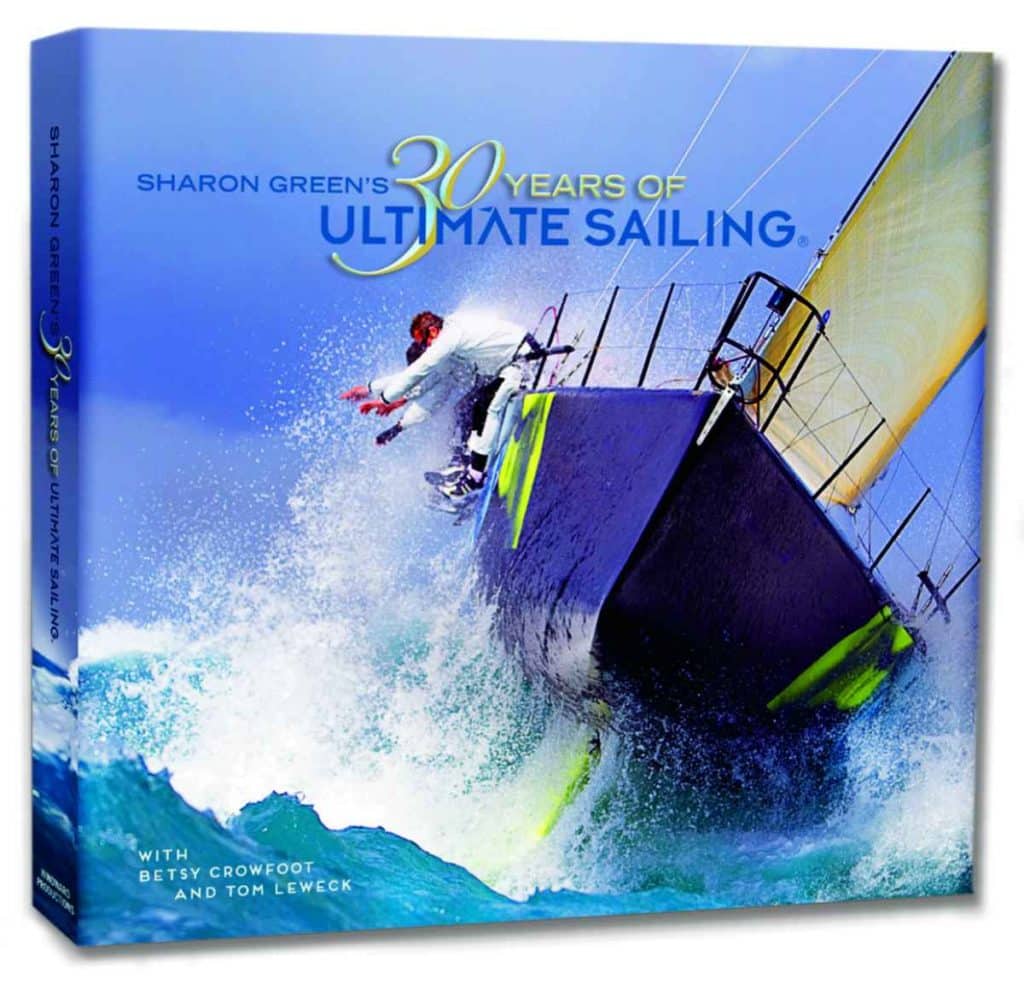
Is there seriously any other photo book you’d want to have laying out on the coffee table to impress your sailing friends than that of the supremely talented Sharon Green? Didn’t think so. Sharon Green’s 30 Years of Ultimate Sailing has than 200 pages of sharp and vivid images embedded with great stories from dozens of performance sailing’s legends, so it’s not just pretty pictures, but poignant storytelling, too.
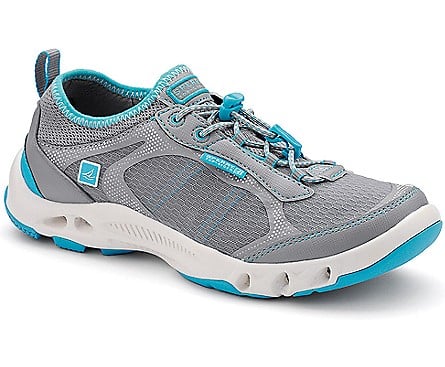
These sneakers, designed for a variety of water sports, are the perfect pair for summer sailing. The H20 Escape Bungee Sneaker is designed to keep your feet dry and planted firmly on the ground, deck, or wherever else you’re taking them. The removable footbeds and internal water channels help the shoes- and your feet- dry almost as quickly as they were soaked.
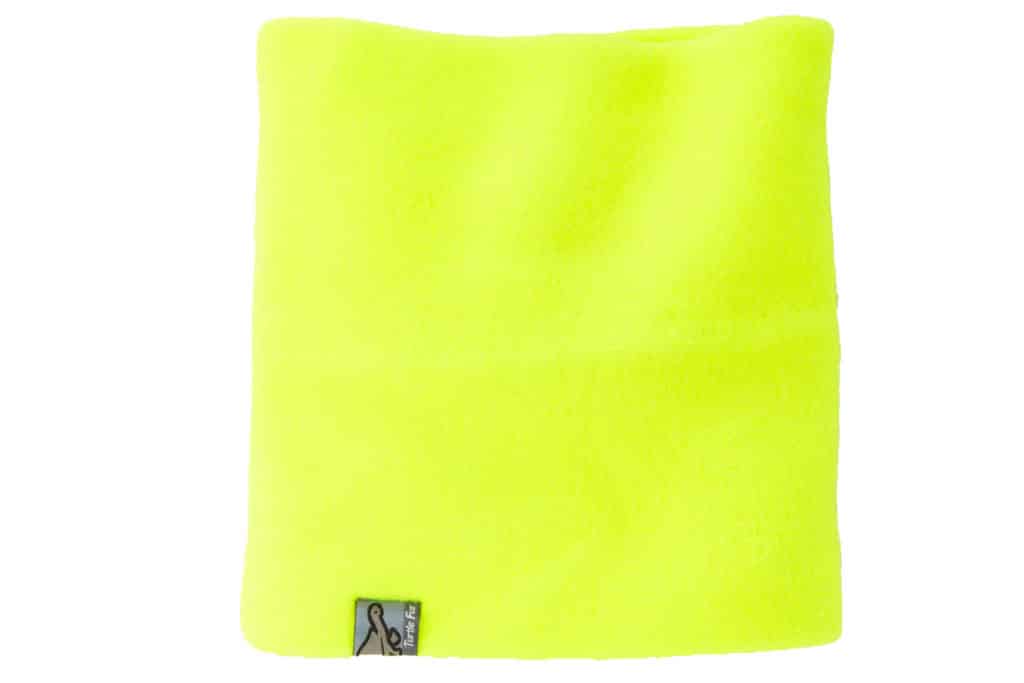
If you know a sailor that finds themselves on the water even in the middle of winter, a fleece neck warmer is the gift for you. For even the coldest and wettest days you face, the gaiter will keep your neck toasty. It wicks water and is quick to dry, just give it a quick wring-out and get back to the action.
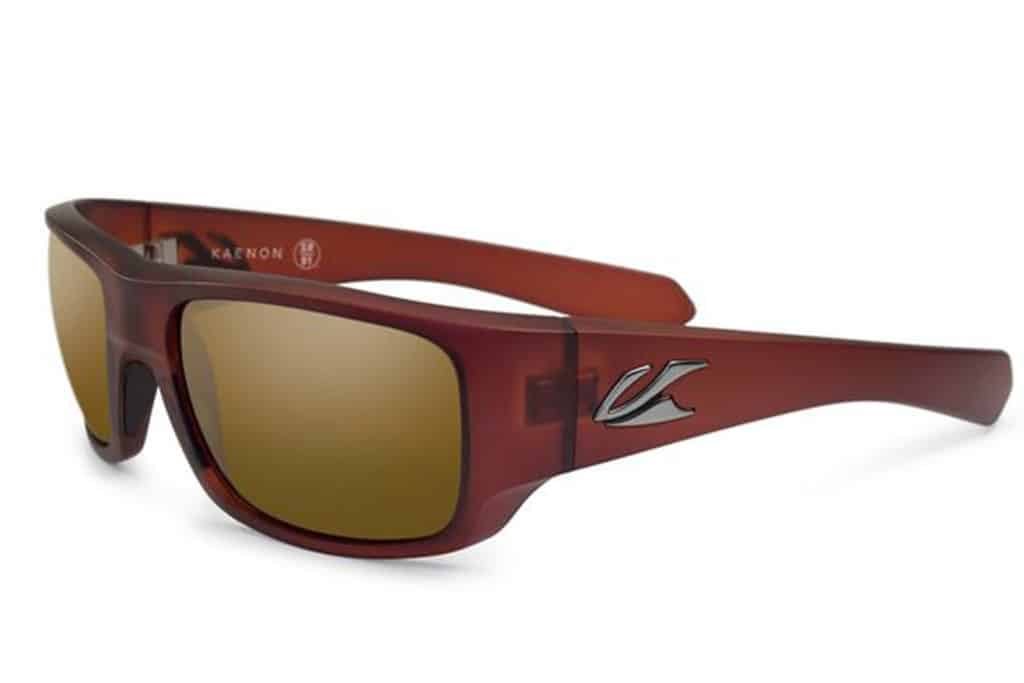
I’d always coveted the Kaenon sunglasses my sailing buddies always sported, but I’m a bull with my shades and prone to losing them overboard, so I never could justify spending $200. Kaenon finally loaned me a pair of its new Pintail frames with B12 polarized lenses, and over the course of the year I swapped between less expensive brands I’d sworn were supreme. In the end, I’ll admit my eyes craved the Kaenons. With crisp clarity and a light, natural feel, they’re extremely effective for both cloudy and bright conditions. The Pintail frames are a less aggressive style, which makes these perfect for boat and for the street.
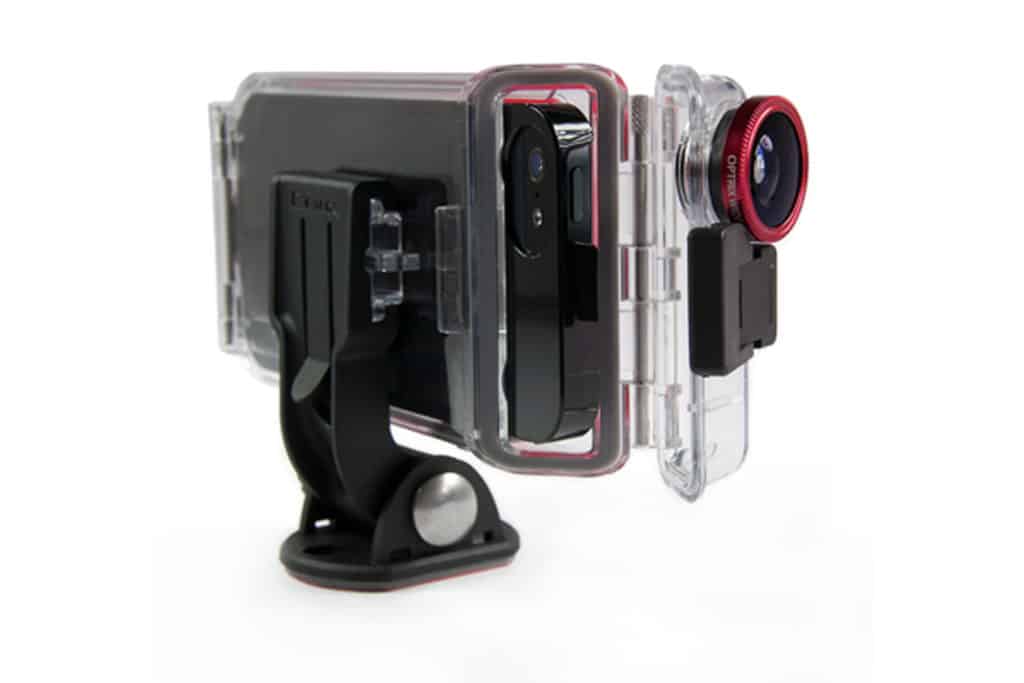
I tested six waterproof iPhone cases over the summer and the surprise standout was the incredible Optrix case, which includes four interchangeable camera lenses (fish-eye, macro, telephoto, and low-profile underwater). The case is hard plastic and waterproof so I had no reservations about stuffing my phone in a cockpit sheet bag, allowing me to snap photos and videos of sail trim and action. For ease of use I’d take it over an HD P.O.V. camera any day.
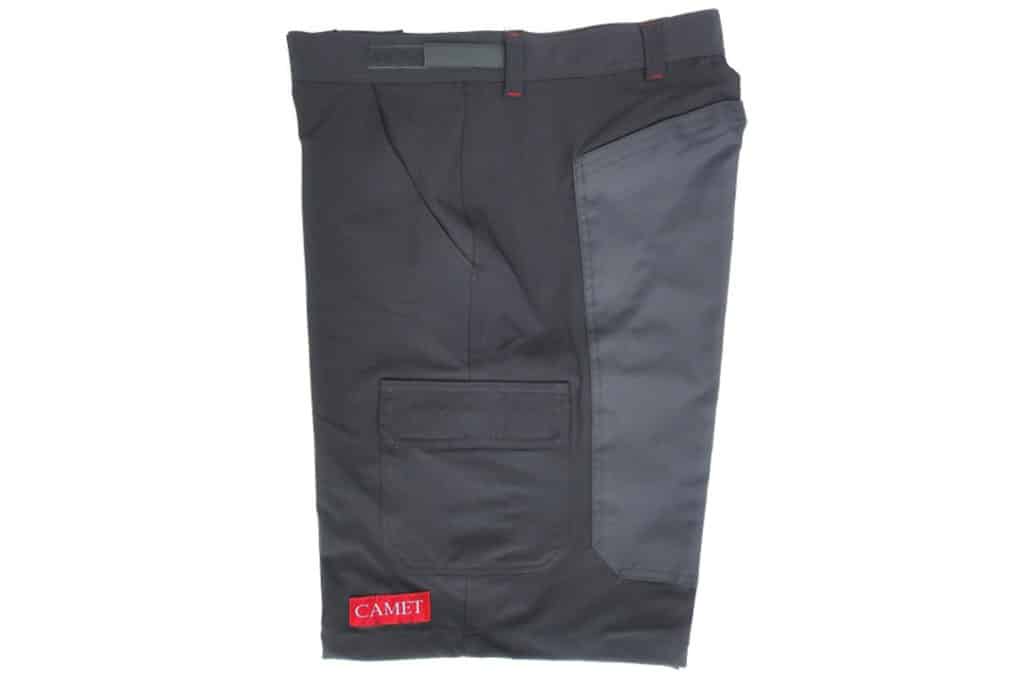
Camet is the go-to choice for purpose-built sailing shorts. The popular grey shorts from the San Diego-based company have been upgraded with a polyester microfiber and Spandex material, so there’s more flex to the fabric, which is also lighter and more water repellent. After a season of hard use and negligent care, my test pair looked no worse for the wear. A reinforced seat panel holds an optional 1/4-inch foam insert, and Velcro cinch tabs on the waist provide a snug, crack-free fit. $90, www.camet.com.
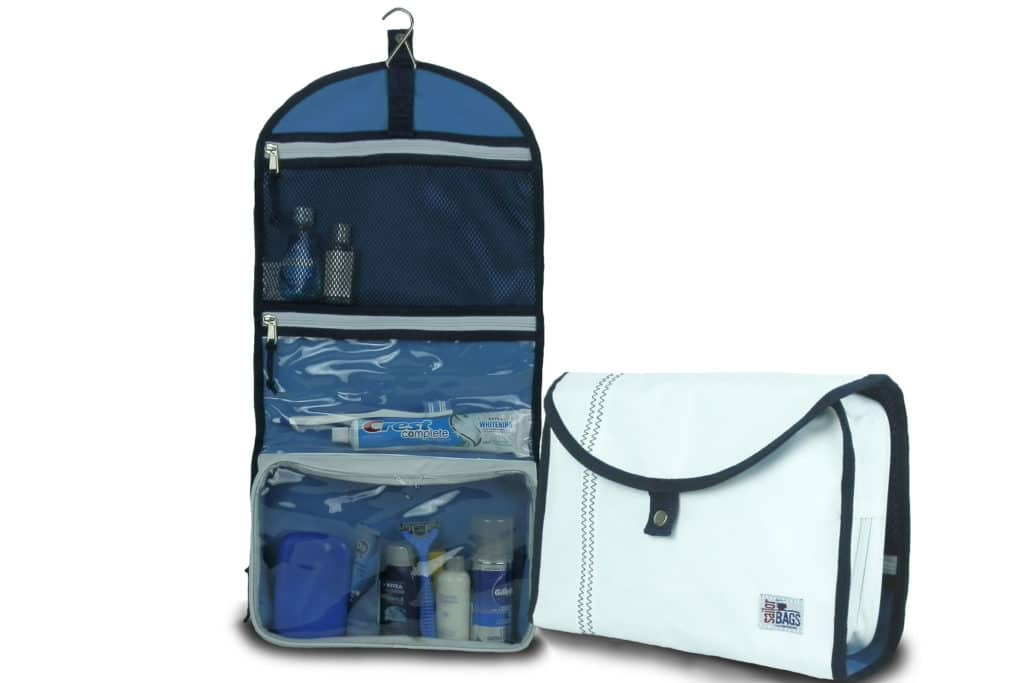
Keeping track of your toiletries at home is hard enough. On the boat? Forget it. Unless you’ve packed your toiletries in the Sailcloth Hanging Dopp Kit from Sailor Bags, that is. With clear pouches so you can see what’s inside, a hook to hang it in your bunk or head, and a rugged sailcloth exterior, this bag will keep your kit organized and your toothbrush shampoo-free. With the option to personalize, we might get them for the whole team.
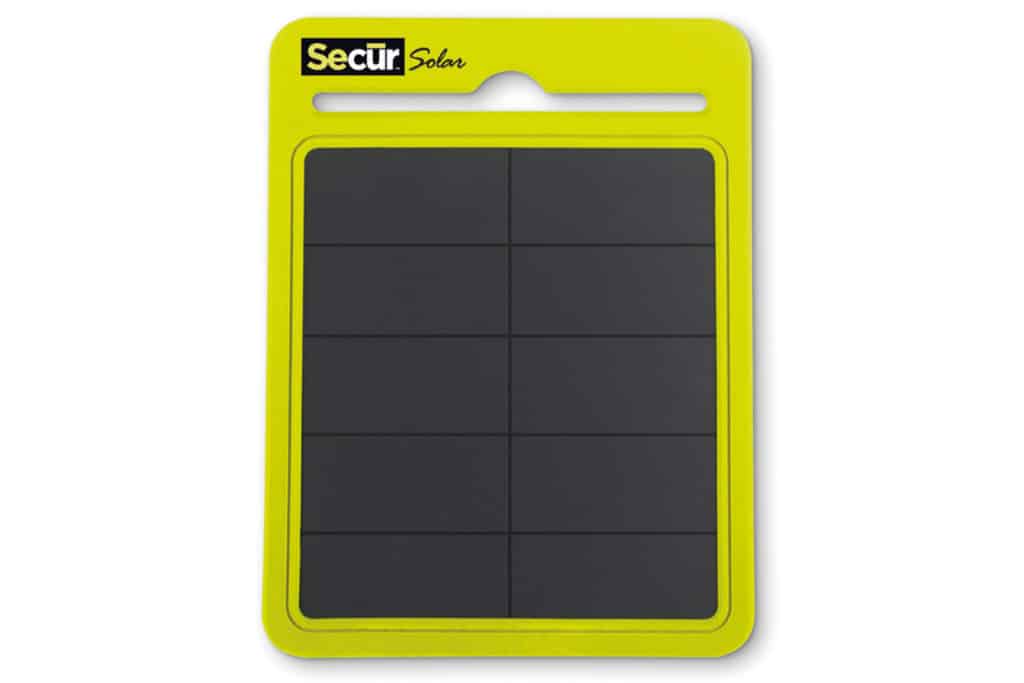
When using a smartphone for race tracking, photo sharing, and checking airport weather stations between races, I’m left with barely enough juice to call home at the end of the day. This rugged little power source, with built-in lithium battery, puts me right back on the grid. Charge it overnight by USB or put it on deck to top it off. At only 8.7 ounces and 5 x 7, inches it’s small enough and light enough to keep on board.
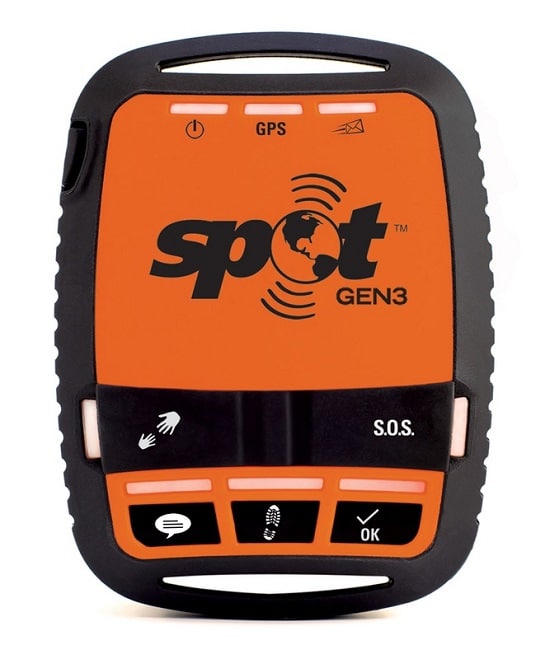
Cell phones don’t work everywhere. The SPOT Gen3 is a personal tracking device that can be set to communicate waypoints at intervals of every 2.5, 5, 10, 20 or 60 minutes automatically. The check-in feature allows you to send a pre-programmed text message with GPS coordinates or an email with a link to Google Maps to communicate with loved ones when you’re out of cellphone range. In case of emergency, the SPOT is also programmed to provide coordinates to emergency response teams at the touch of a button.

